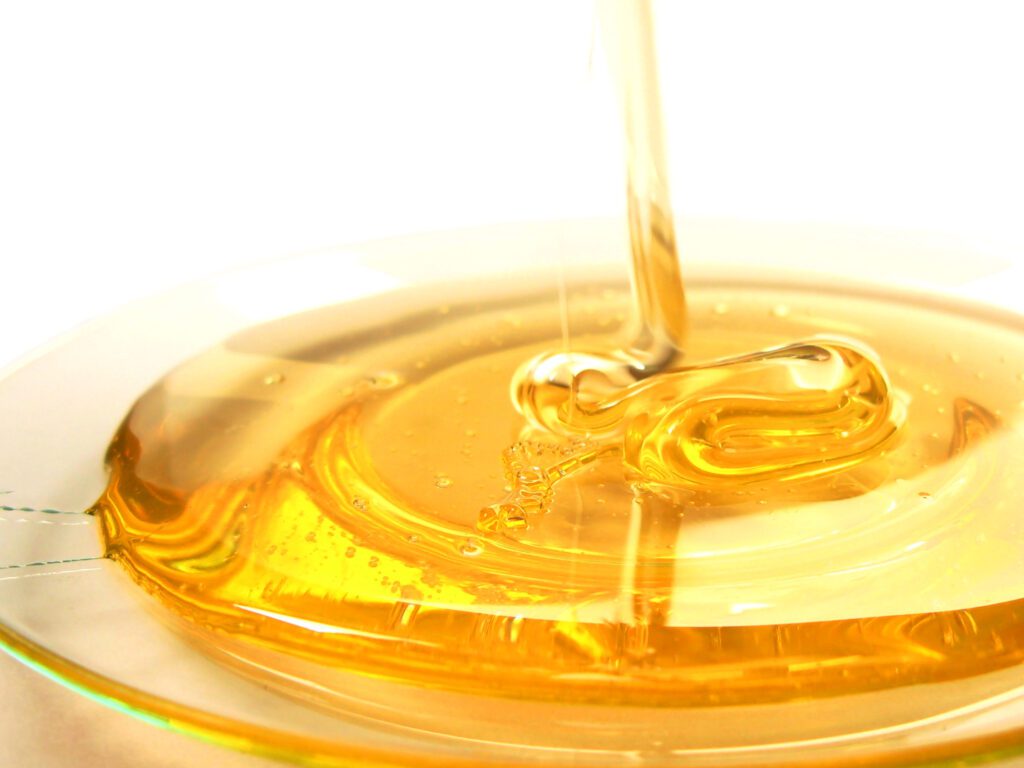Although it’s nice to hear the word honey as a term of endearment from a loved one, it’s even better to see honey on the dinner table. Yet, no matter how often people enjoy the naturally sweet nectar, see the hives in an orange grove or address someone with the Southern noun honey, the miracle of how it’s created is usually overlooked by the average person.
Let’s face it: although making honey is what a bee was created to do, it’s hard work. (Ever heard the phrase “busy as a bee”?) The tenacious efforts of these hard working insects are not lost on Florida beekeepers, and they want to ensure that the product stays free of additives and chemicals – or anything that isn’t natural – for that matter.
This month, the approximately 1,700 Florida beekeepers celebrate the one-year anniversary of the passage of the Florida “Honey Standard.” The State of Florida’s Agriculture and Consumer Services Commission established the regulation and guidelines for honey made or sold in the state in 2009. The measure was the first regulation in the nation, and possibly the world, prohibiting anything from being added to honey produced, processed or sold in Florida. “The Honey Standard is a major achievement for the state,” says Nancy Gentry, the beekeeper who spearheaded the regulation. “Honey is the perfect food and it requires nothing from humans to have it,” she observes. Gentry is the owner of Cross Creek Honey Company in Interlachen.
Gentry notes that the gathering of honey is an ancient tradition, going back at least 8,000 years, as recorded on cave paintings discovered in Spain. For years, people have used honey to both heal and nourish, and the word itself appears in the Bible 52 times. “I have often considered the phrase, ‘Canaan, the land of milk and honey,’” Gentry comments.
For the most part, Florida consumers can be sure the honey that they purchase is bottled according to the Honey Standard by checking the nutritional facts and ingredients on the label. However, according to Gentry, there are upcoming developments in labeling so that honey lovers know what to look for while standing in the grocery store aisle or a local farmer’s market. “At the end of July, myself, Doug McGinnis, who is a third generation honey packer in Edgewater and long-time member of the National Honey Board, and representatives from Florida Department of Agriculture, Marketing and Development Division, Fresh From Florida program, will begin work in earnest developing the new promotional campaign for Florida’s Honey Standard,” Gentry explains. “This will be a multi-media plan, but one component is what to use to identify jars of honey that conform to the standard.” Gentry reveals that consumers may begin to see the fruits of their labor by the end of August.
The Honey Standard was created to help protect beekeepers, as well as consumers. Honey is imported into the United States from all over the world and with no regulations. “Before the Honey Standard there was no way to look at a jar and know what was in it,” Gentry points out. “Consumers have the right to know what they are eating.” For years, Florida beekeepers knew that something needed to be done, but what? “I just said ‘Let’s stop sitting outside the door and do something,’” Gentry recalls. “Since then, I feel like I have made a small contribution.”
The promoters of the Honey Standard here in Florida originally sought a national standard, but the Food and Drug Administration passed on reviewing the petition. So, Florida adopted the statewide regulation. Since then, Wisconsin and California have passed similar regulations with more states anticipating passage soon.
This is a huge step in the right direction but, according to Gentry, there is more work to be done. She concludes, “The Honey Standard is just a spoke in the wheel of trying to stop adulterated honey from coming across the border.”

